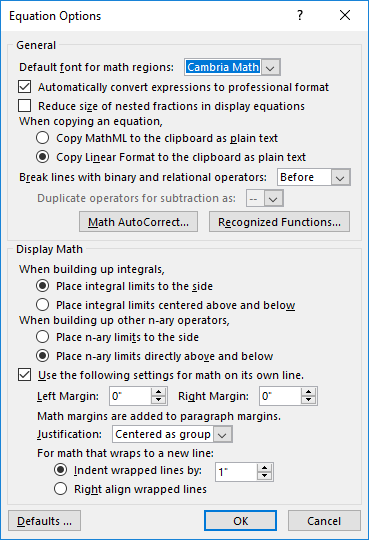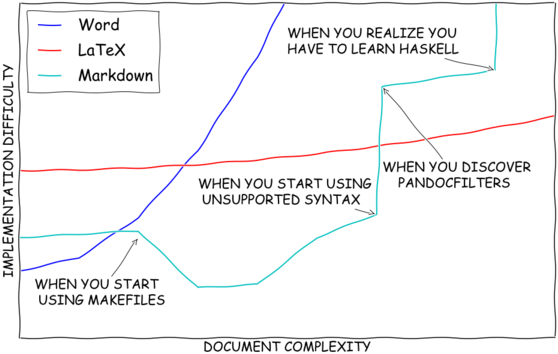
It’s actually a highly specialised system and doesn’t work for everyone. 10+ Canva CV Templates (+ Alternatives to Canva CV Maker)īefore we start, let’s have a look at the pros and cons of using a LaTeX CV template.CV Design: 18 Brilliant Templates to Inspire You.Not looking for a LaTeX CV template? We have plenty of standard CV templates for you to choose from. One of our users, Nikos, had this to say: Sample CV made with our builder- See more templates and create your CV here. See 20+ CV templates and create your CV here. Plus, you’ll get ready-made content to add with one click. Want to save time and have your CV ready in 5 minutes? Try our CV builder. We’re also going to discuss whether a LaTeX CV template will work for you, because they’re best kept for very specialised purposes. We’ve collected a dazzling dozen of the best LaTeX CV templates out there so you can stop searching and get writing. $('#latexContent').Searching for a good looking LaTeX CV template? You’ve come to the right place.

#Using latex for word code#
This is the LaTeX source Code from the above Formula: 0 \leq \lim_) Write your Math formulas in LaTeX → Transform the LaTeX formulas in MathML Code → Copy/Paste the MathML Code in Word (after paste click CTRL and then T). It just does the equations themselves, and nothing else.

Many scientific journals will not accept Word documents with the new equation format - even if you save as. For example, typing in (a+b)/(c+d) will result in a nicely-formatted fraction. The Word 2007 equation editor also has a linear equation entry format, which is fairly intuitive and does not require familiarity with LaTeX. However, it's enough for probably anyone but a mathematician, and it's a lot faster than clicking elements with the mouse. You should therefore not expect to get perfect fidelity for super-complex LaTeX equations. Word does not have an embedded TeX processor - it's just doing pattern matching to convert simple LaTeX syntax into the native equation format. Once it appears in the GUI, you can no longer edit it as LaTeX. As you type, Word will build up a graphical representation of the equation. Simply insert a new equation, and then type LaTeX into it. Very few people realize that the built-in equation editor in Word 2007 actually understands LaTeX-style equation entry. See the Microsoft documentation for examples and possible workarounds: For example, the Office 365 Equation Editor does not understand the \begin and \end commands. You have to use the dropdown menu because the Convert button doesn't toggle automatically between Linear and Professional. Open the Convert dropdown menu, and then click Current - Professional.Note: This is not your original LaTeX source, because it has been round-tripped through the Equation Editor's internal format. The equation is converted back to LaTeX format.Open the Convert dropdown menu, and then click Current - Linear.


You can also convert back to LaTeX to edit the equation. The LaTeX will be processed into the Equation Editor's native format. Open the Convert dropdown menu and click Current - Professional. In the Equation Editor Design ribbon, go to the Conversions group and click LaTeX. See the second part of this answer if you are running: However, it builds the equation as you go, and you cannot convert an entire LaTeX equation. In older versions of Office, the Equation Editor can understand certain LaTeX components. If you are running Office 365 version 1707 or later, the Equation Editor allows you to convert LaTex into the native format.


 0 kommentar(er)
0 kommentar(er)
